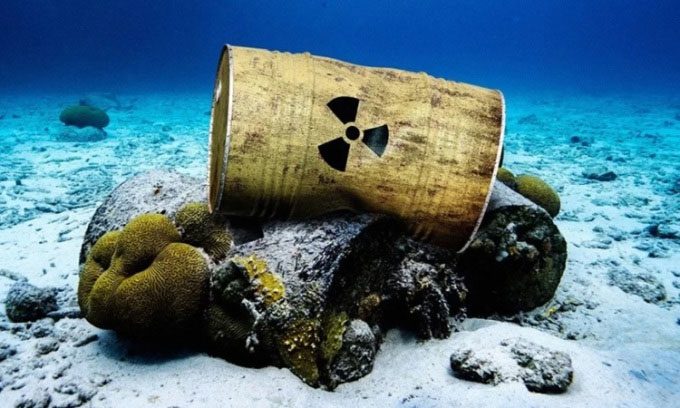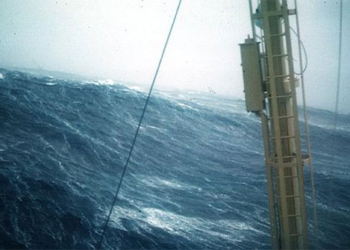A massive underwater tomb intended to hold the increasing amount of radioactive waste from the UK is set to become the country’s largest and most expensive infrastructure project, stretching over several decades.
The Geological Disposal Facility (GDF) project has been delayed for so long that the UK now needs to dig tunnels through 36 km2 of rock to create a vast underground cavern to store radioactive waste accumulated over 70 years of civil nuclear power generation, according to the Telegraph. The latest estimates from scientists at the Nuclear Waste Services (NWS), the agency responsible for the design, indicate that the project will take over 150 years to complete at a total cost of $83 billion. This cost surpasses that of the Hinkley Point C nuclear power plant ($57.8 billion) and the HS2 London to Birmingham railway ($75.3 billion), making it the largest construction project in the UK to date.

The Geological Disposal Facility (GDF) will be located several kilometers beneath the seabed. (Photo: Yahoo).
The volume of the Royal Albert Hall is 100,000 m3, and the amount of radioactive waste alone requires space equivalent to eight Albert Halls. The cavern complex will need to be larger than the waste itself and include additional tunnels, meaning the UK will have to excavate a volume of rock twice that amount. The radioactive waste comprises 110,000 tons of uranium, 6,000 tons of spent nuclear fuel, and around 120 tons of plutonium, most of which is stored at the Sellafield site in Cumbria.
The completed facility will be even larger, as the estimates do not account for the waste generated by the next generation of nuclear power plants that the government plans to operate. UK authorities have yet to decide where to place the GDF, but after five decades of consideration, the number of potential sites has been narrowed down to two: one offshore from Lincolnshire, near the popular seaside resort of Mablethorpe, and the other offshore from Cumbria around Copeland, another tourist area. For both sites, the design concept involves digging a shaft 1,067 meters deep, from which several horizontal tunnels will branch out several kilometers beneath the seabed.
There, workers will excavate massive chambers in impermeable clay and mudstone. Scientists hope these can provide a final storage solution for the UK’s nuclear waste. Once filled with nuclear waste, the chambers will be sealed with concrete and permanently closed.
The UK must undertake such a large-scale disposal method due to the nature of radioactive materials. For instance, the half-life of plutonium is 24,000 years, while that of uranium-238 is 4.5 billion years. This means that the UK’s nuclear waste will remain hazardous even after human civilization has disappeared. According to Neil Hyatt, scientific advisor at NWS, the monumental scale of the project indicates that safely managing this enormous quantity of waste over the long term will never come at a low cost.
Managing nuclear waste has been an issue for decades. Claire Corkhill, a professor at the University of Bristol and a member of the government’s Advisory Committee on Radioactive Waste Management, argues that without a waste repository, the nuclear industry cannot be sustainable.
Meanwhile, environmental organizations such as Guardians of the East Coast in Mablethorpe and South Copeland Against GDF in Cumbria are organizing protests and collecting signatures for petitions. According to Richard Outram, secretary of the organization, the tourism industry in both areas will disappear if they become nuclear waste storage sites. In 2022 alone, Mablethorpe recorded 4.5 million tourist visits.





















































